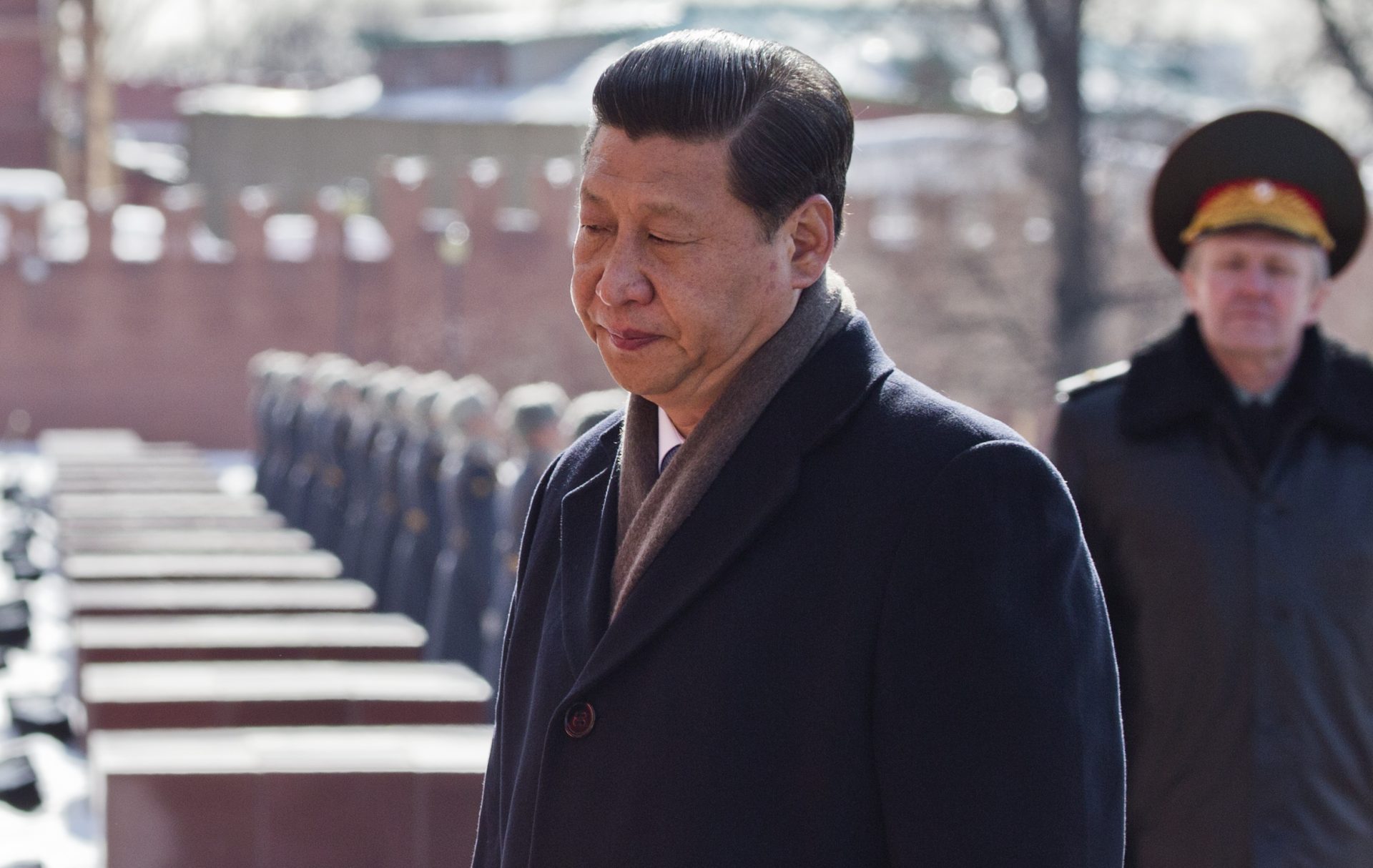
Supply Chain “FIX” – Or Geopolitical TRAP?
President Trump announced that China’s Xi Jinping agreed to resume rare earth exports, but analysts warn Beijing retains tight control, keeping global supply chains at risk.
At a Glance
President Trump stated that Xi Jinping agreed to restart rare earth exports to the U.S.
China has issued temporary export licenses to suppliers of major U.S. automakers.
Analysts caution that China maintains strict control over rare earth exports.
U.S. industries remain vulnerable due to dependence on Chinese rare earth processing.
Upcoming trade talks in London aim to address ongoing supply chain concerns.
Strategic Pivot
President Donald Trump declared that Chinese President Xi Jinping has agreed to resume the export of rare earth minerals and magnets to the United States. This revelation followed a call between the two leaders, signaling a possible thaw in strained U.S.-China trade relations and offering temporary relief to global supply chains dependent on these critical resources.
Following the conversation, China issued six-month export licenses to key suppliers serving American automotive giants such as General Motors, Ford, and Stellantis. These licenses aim to stabilize immediate industrial needs, particularly in electric vehicle and defense manufacturing, sectors heavily reliant on neodymium and other rare earth elements.
Yet experts remain doubtful of a structural shift. Analysts highlight that China still controls around 90% of global rare earth processing, giving it strategic leverage. Temporary concessions, they argue, do little to dismantle Beijing’s long-standing grip on the market.
Watch a report: Trump announces China will restart rare earth mineral shipments to US after productive call.
Risk and Opportunity
Despite the momentary breakthrough, the structural risk to U.S. industries persists. Rare earths are essential not only to electric vehicles but also to wind turbines, smartphones, and military hardware. Beijing’s ability to weaponize these resources has been a recurring flashpoint in U.S.-China tensions, with previous episodes of export curbs disrupting global manufacturing lines.
Washington has responded by boosting domestic production. MP Materials, which operates the only active rare earth mine in the U.S., has received federal support to scale up processing capabilities. Still, rebuilding a full-spectrum rare earth supply chain could take years and billions in investment.
Next week’s U.S.-China trade talks in London are expected to revisit these vulnerabilities. Diplomats are preparing proposals aimed at codifying mineral trade terms and expanding rare earth cooperation frameworks—though few expect a durable resolution.
Long-Term Outlook
While Trump’s announcement may calm short-term market anxieties, analysts argue it masks the enduring geopolitical and industrial risks. China’s rare earth dominance is not merely economic—it is geopolitical. Each export license serves as a reminder of how supply chains can be turned into strategic assets or weapons.
To mitigate this, U.S. policymakers are deepening resource partnerships with countries like Australia and Canada, while launching initiatives to map new deposits and recycle rare earths from discarded electronics. These efforts, though promising, face daunting timelines.
Ultimately, rare earths will remain a focal point in the global competition for technological supremacy—one where supply chains are power, and control over raw materials can tip the balance of global influence.